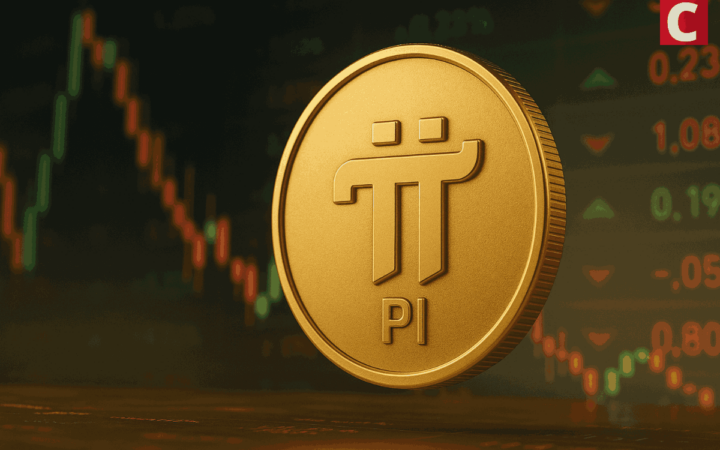Stablecoin Payments Hit a New Record As Real-World Crypto Spending Accelerates
Stablecoin settlement volumes have expanded sharply this year, climbing 70% from $6 billion in February to more than $10 billion by August 2025.
According to a report from Artemis, the surge reflects how digital dollars are leaving the trading arena and entering mainstream commerce, with business-to-business transfers emerging as the dominant growth driver.
B2B Transactions Power Stablecoins Payment Growth
Artemis’ figures show that corporate usage of stablecoins now accounts for nearly two-thirds of total payments.
According to the firm, monthly B2B volume has more than doubled since February, rising 113% to about $6.4 billion. The expansion lifted the cumulative value of stablecoin payments since 2023 to over $136 billion, representing that on-chain money is no longer a niche settlement tool.
 Stablecoins Payment Growth This Year. Source: Artemis
Stablecoins Payment Growth This Year. Source: Artemis
Meanwhile, consumer channels are following the same trajectory of growth.
Card-based crypto payments have increased by about 36%, while business-to-consumer transactions are up 32%. Prefunding, often used by merchants to maintain instant liquidity, also jumped 61% during the reporting period.
David Alexander, partner at venture firm Anagram, said the numbers show how on-chain liquidity is being turned into spendable cash in the real world. For context, he noted crypto card payments now process more than $1.5 billion each month, up 50% year-to-date.
He pointed out that these mechanisms allow users to earn yields on idle assets through decentralized finance (DeFi) protocols and then spend those assets in real time.
This seamless flow effectively converts blockchain-based liquidity into usable cash, merging the yield opportunities of DeFi with the familiarity of traditional payment networks.
Tron’s Market Share Shrinks as Tether Consolidates Power
While the Tron network remains the largest blockchain for stablecoin settlement, its lead is narrowing.
According to Artemis data, Tron’s share dropped from 66% in late 2024 to 48% by August 2025, as newer, faster networks like Base, Codex, Plasma, and Solana began capturing liquidity.
 Stablecoin Volume by Blockchain. Source: Artemis
Stablecoin Volume by Blockchain. Source: Artemis
Dragonfly partner Omar Kanji said this trend marks the “beginning of a structural rotation,” where lower-cost and high-throughput alternatives gradually eat into Tron’s dominance.
On the asset side, Tether’s USDT continues to dominate the stablecoin ecosystem with roughly 79% of all payment volume, driven by deep liquidity and unmatched accessibility across Africa and Latin America.
Yet Circle’s USDC is quietly expanding its footprint as its share rose from 14% to 21% since February.
 Stablecoins Payments by Token. Source: Artemis
Stablecoins Payments by Token. Source: Artemis
Data from DeFiLlama shows that USDT’s market capitalization stands at $183 billion, while USDC hovers near $76 billion. Together, they anchor the over $300-billion network of digital dollars that now move with the speed of code and the reach of global finance.
You May Also Like

Why Is Pi Network Token (PI) Up 22% on Oct. 29?

CEO Sandeep Nailwal Shared Highlights About RWA on Polygon
